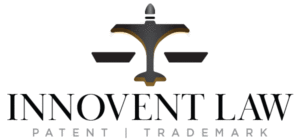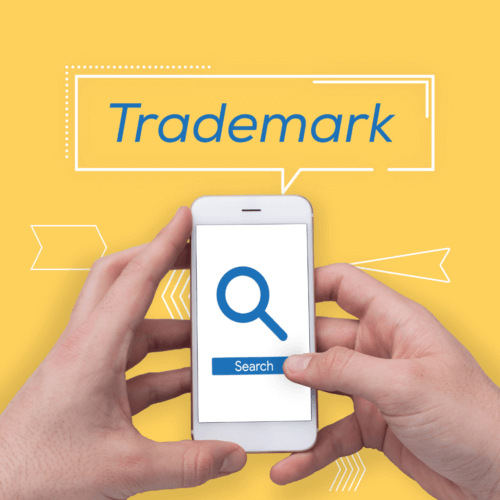Trademark Symbols: When to Use ®, ™, and ℠ for Your Brand
By Karima Gulick, Lead Attorney at Innovent Law
In today’s competitive market, understanding and correctly using trademark symbols such as ®, ™, and ℠ is crucial for brand protection. As a trademark lawyer in Orange County, I’m here to guide you through the nuances of trademark registration and the proper application of these symbols to safeguard your brand effectively from the outset.
This blog post is your comprehensive guide to understanding and applying trademark symbols to safeguard your brand effectively.
I remember growing up and seeing Coca Cola® signs around the world and seeing ® on some products, ™ on others and never really understanding why they had that or what it meant. This post aims to answer these questions.
What is a Trademark?
A trademark encompasses the unique elements—be it a name, logo, or slogan—that distinguish your brand’s goods and services.
It’s not just a legal formality; it’s a critical component of your brand’s identity and market presence. The right trademark can evoke feelings of trust and quality among your customers. Think for example of the reasons why you would pick Apple, Samsung or Microsoft electronics. It’s not just for the brand, it’s also what the companies have managed to create behind that brand. You are looking for the quality, service and reliability of products that you’ve come accustomed to, because these brands intentionally wanted to create that connection in the consumer’s mind. For a deeper dive into what constitutes a trademark, explore the United States Patent and Trademark Office’s (USPTO) insights on what is a trademark.
Navigating the Seas of Trademark Symbols
Let’s break down the symbols:
® – Registered Trademark
Stop! As tempted as you might be to dive into the process and change all your branding by adding the ® to your goods or services, you can only do this if your mark is registered with the Trademark Office of your country.
Here, in the US, you will need a trademark registration from the USPTO to be able to use the ® symbol. That’s right, not a US Trademark Serial Number, not a state trademark registration, but the actual Registration from the USPTO. This is your gold standard in trademark protection. Consider the golden arches of McDonald’s®; the ® symbol is a declaration that this specific emblem is not just a logo but a registered trademark, legally protected nationwide. Remember, this symbol should only be used after receiving official registration from the USPTO.
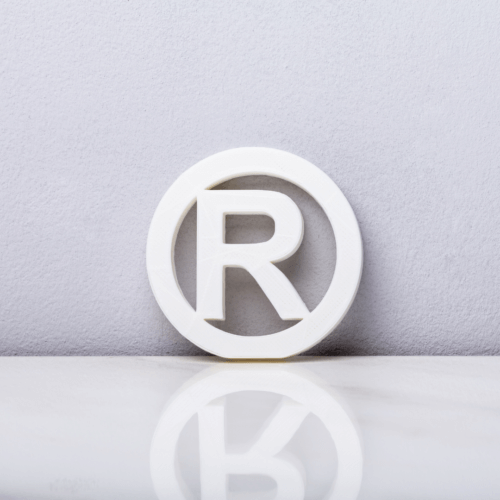
™ – Trademark
This symbol is the equivalent of staking a claim during the Gold Rush.
It signifies that you are asserting rights to a particular mark but have not yet secured federal registration. Think of a startup launching an innovative product under a specific name; applying the ™ symbol signifies their claim to this unique branding.

℠ – Service Mark
Similar to ™, but specific to services rather than goods.
A freelance graphic design service might use this symbol next to their brand name before obtaining official registration.
Understanding these distinctions is paramount. Employing the wrong symbol can mislead the public and undermine your brand’s credibility.

Do you need to add ®, ™ or SM after your goods or services?
If your mark is registered with the USPTO, then I highly recommend adding the ® to your marketing and to your goods and services. Now does that mean you have to go spend thousands of dollars redoing your packaging or marketing? No.
I typically recommend redoing the packaging when it’s time for a new print or redesign, but if you’re selling online, you can easily add ® to your website or online branding. If all your goods and services are in person, then finding clever ways to add the ® to your goods before the reprint might save you some money. That is, maybe adding stickers to an existing product if it makes sense, or incorporating the ® somehow in your packaging. The ® helps put other on notice and let them know that you have a federal trademark registration.
While the ™ and SM symbols are nice to have, it is not mandatory to add that to your branding, but something I would recommend, especially after doing your proper due diligence to make sure others have not started using the same mark for the same goods and services before you.
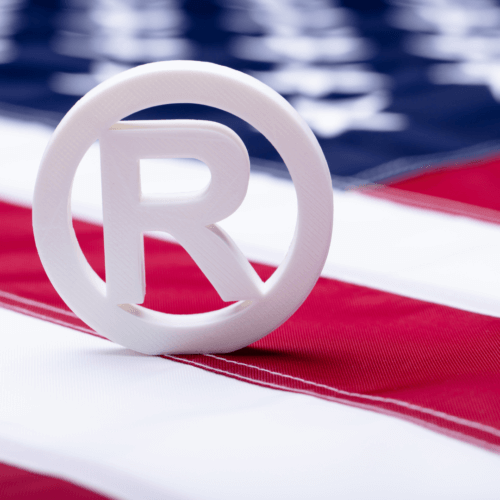
The Crucial Role of Correct Symbol Usage
Why is this so important? Let’s consider a real-world scenario: Imagine you’ve launched a boutique coffee shop, “XYZ,” using the ™ symbol while your trademark application is pending.
This action informs competitors that you’ve claimed this name as your intellectual property, deterring potential infringement and laying the groundwork for legal protection.
On the flip side, improper use, such as applying the ® symbol prematurely, can jeopardize the integrity of your trademark application and expose your brand to legal challenges. This misstep can mislead consumers and erode trust—a commodity as valuable as your trademark itself.
Global Branding: Beyond Borders
Global expansion magnifies the complexities of trademark protection. Each country has its own rules and procedures for trademark registration. If XYZ expands to Europe, the brand must navigate an entirely new set of laws.
Understanding and respecting international trademark laws is critical to maintaining your brand’s integrity and legal standing abroad. For more information on navigating these international waters, check out the USPTO’s advice on international trademark considerations.
A general rule of thumb is that if you mark is registered with the country’s trademark office and you are doing business in that country, you can use the ® for your goods and services.

Embarking on Your Trademark Journey
Starting your trademark journey can feel daunting. The process involves conducting thorough searches to ensure your mark isn’t infringing on existing trademarks, understanding the nuances of the application process, and more.
One common question is, do I need an attorney to file a trademark? While not mandatory, professional guidance can streamline the process and mitigate risks. Professional guidance for trademarks in the US is however mandatory of non US people and for companies outside the US.
Unsure about what to prioritize – patenting or trademarking your idea? Discover the right steps for your business in our detailed guide: Patent or Trademark First?
Furthermore, comprehending the full scope of why to register your trademark is crucial. Registration not only fortifies your legal defenses but also enhances your brand’s value and market presence.
For a clearer starting point in your trademark registration journey, explore our guide: Should You Register Your Name or Logo First?
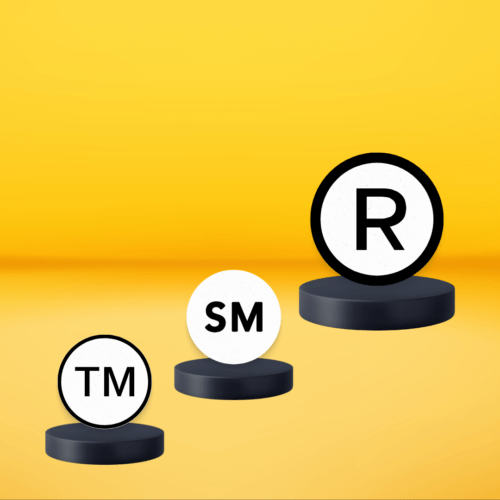
So, what you should do with the trademark symbols?
Effective trademark management is not a luxury—it’s a necessity. The symbols ®, ™, and ℠ are more than mere letters; they are powerful tools that signal your brand’s value and legal standing. Failing to use these symbols correctly can lead to legal repercussions and weaken your brand’s market position.
If you’re assured to elevate your brand with unmatched trademark protection or seek specialized advice tailored to your business’s unique requirements, reach out to us at Innovent Law. Let us be your ally in navigating the complexities of trademark law, ensuring your brand not only stands out but is also comprehensively protected.
Encountered obstacles in your trademark journey? Gain insights into your situation here: Understanding the Trademark Supplemental Register.
Secure your brand’s future today by leveraging the correct trademark symbols and embracing the full spectrum of intellectual property protection. Remember, in the realm of business, your trademark is your treasured asset. Protect it wisely.

